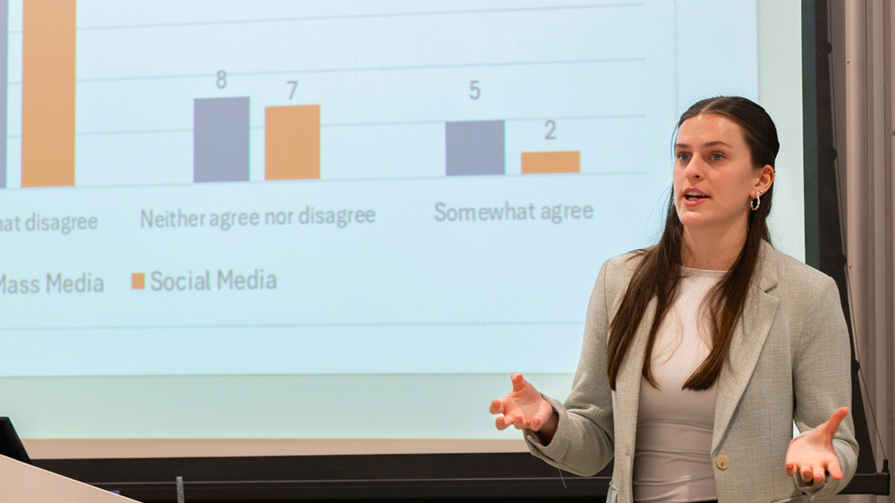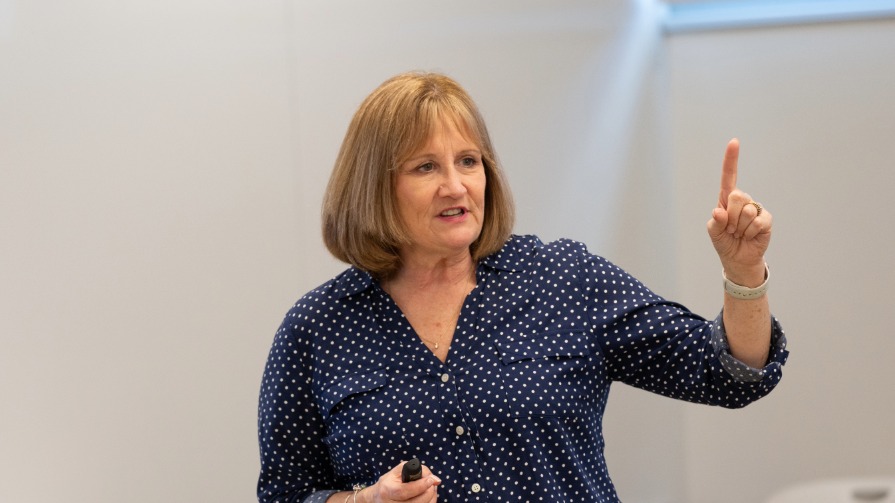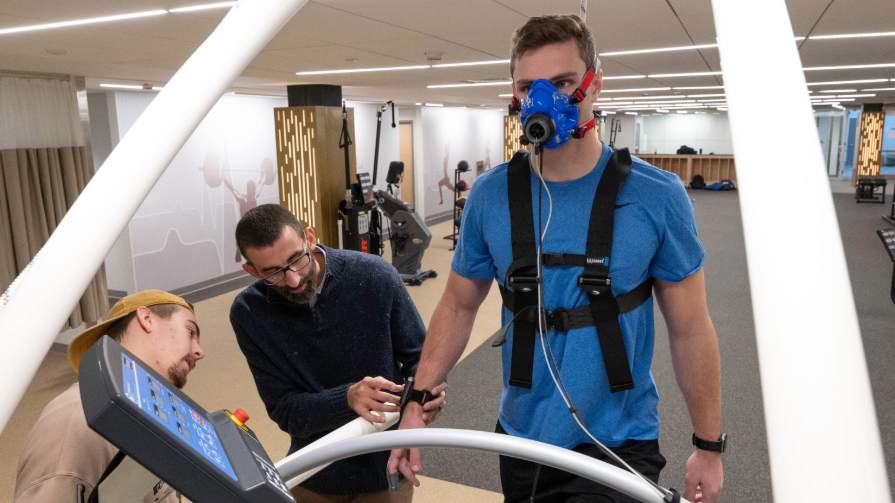Proponents of design thinking, a method of team-based creative problem solving used by the world’s most innovative companies, say that empathy lies at the heart of the process.
It’s such an important concept that workshops on empathy mapping and its companion piece, user journey mapping, were added to the curriculum of this year’s IDEA program.
From research to insight: connecting the dots
During IDEA's intensive, 56-hour design-thinking boot camp – a required course for all first-year students – the maps helped students develop insight about their users or customers.
"The maps made each problem within the customer experience much more apparent."
The mapping is a challenging yet important component of design thinking, says IDEA Program Director and Professor of Applied Psychology Allison Butler, Ph.D. “The maps provided a scaffold for the design-thinking process. They help students connect all the dots from their field research,” which was conducted as part of the student teams’ design challenges.
By creating empathy maps, students “walk in the user’s shoes,” Butler notes, and are able to hone in on what a user thinks and feels, says and does, hears and sees – as well as his or her pains and gains. Using journey maps, students plot these observations along four stages of engagement, from before a customer’s arrival to well after departure.
Learning what's true for the customer
The maps, students agreed, helped them use their empathetic observations. Katelyn Drezek ’22, a Marketing major, said the work helped her “think deeper about a customer’s routine […] and keep an open mind” about what’s true for a customer. Juliana Mandile ’22, an Actuarial Mathematics major, said her team arrived at an empathetic, innovative solution "because the maps made each problem within the customer experience much more apparent.” Finance major Cole Mitchell ’22, said the exercises helped him “view customers on a more personal level” rather than as just a number. “Everything is about relationships.”
“These are important skills that I now use often in my job post-graduation.”
IDEA organizers hoped the mapping exercises would help students understand the real-world applicability of the IDEA program. Empathy and journey maps “are being used in industries across multiple sectors,” said Butler.
Bryant alumni agree. “I love that empathy and journey mapping have been introduced to the IDEA program this year,” noted Nina Luiggi ’18. “These are important skills that I now use often in my job post-graduation.” Luiggi’s design thinking experience led to a position as Graduate Research Executive with Ipsos MORI, a research company.
“We're very focused on our students' understanding that design thinking is not an academic exercise," Butler said. "It’s really a valuable tool that they can use far beyond their Bryant undergrad experience.”





